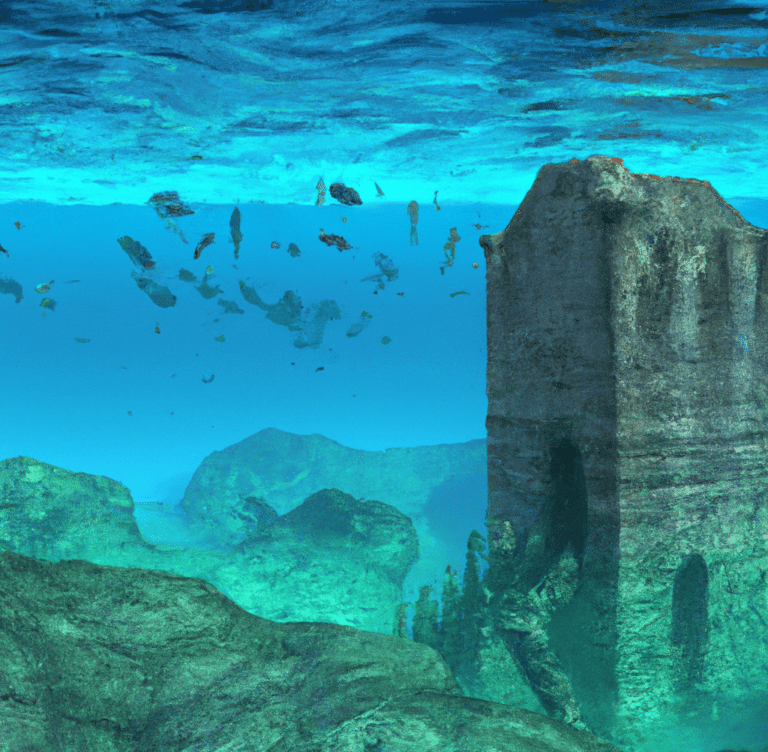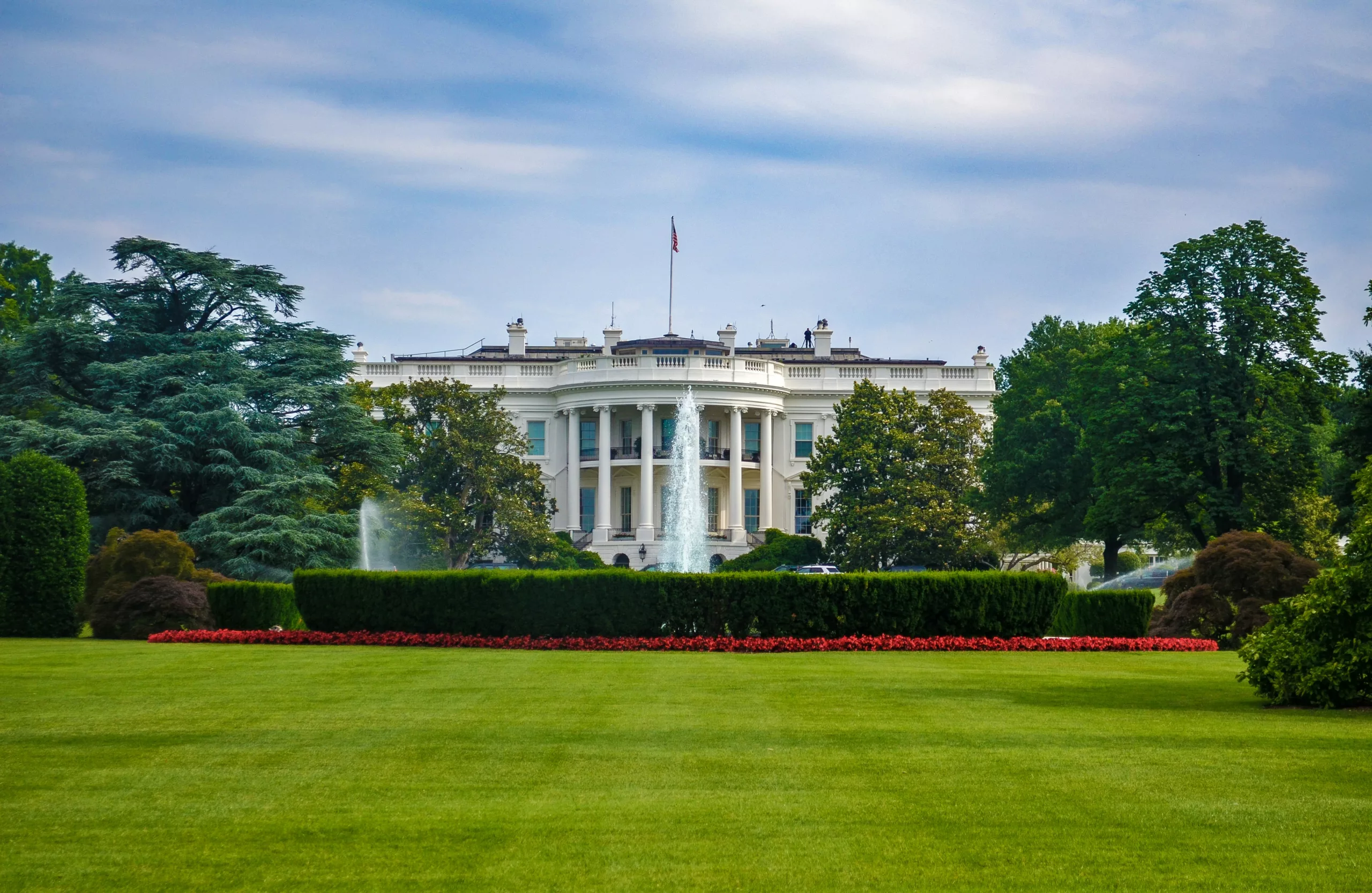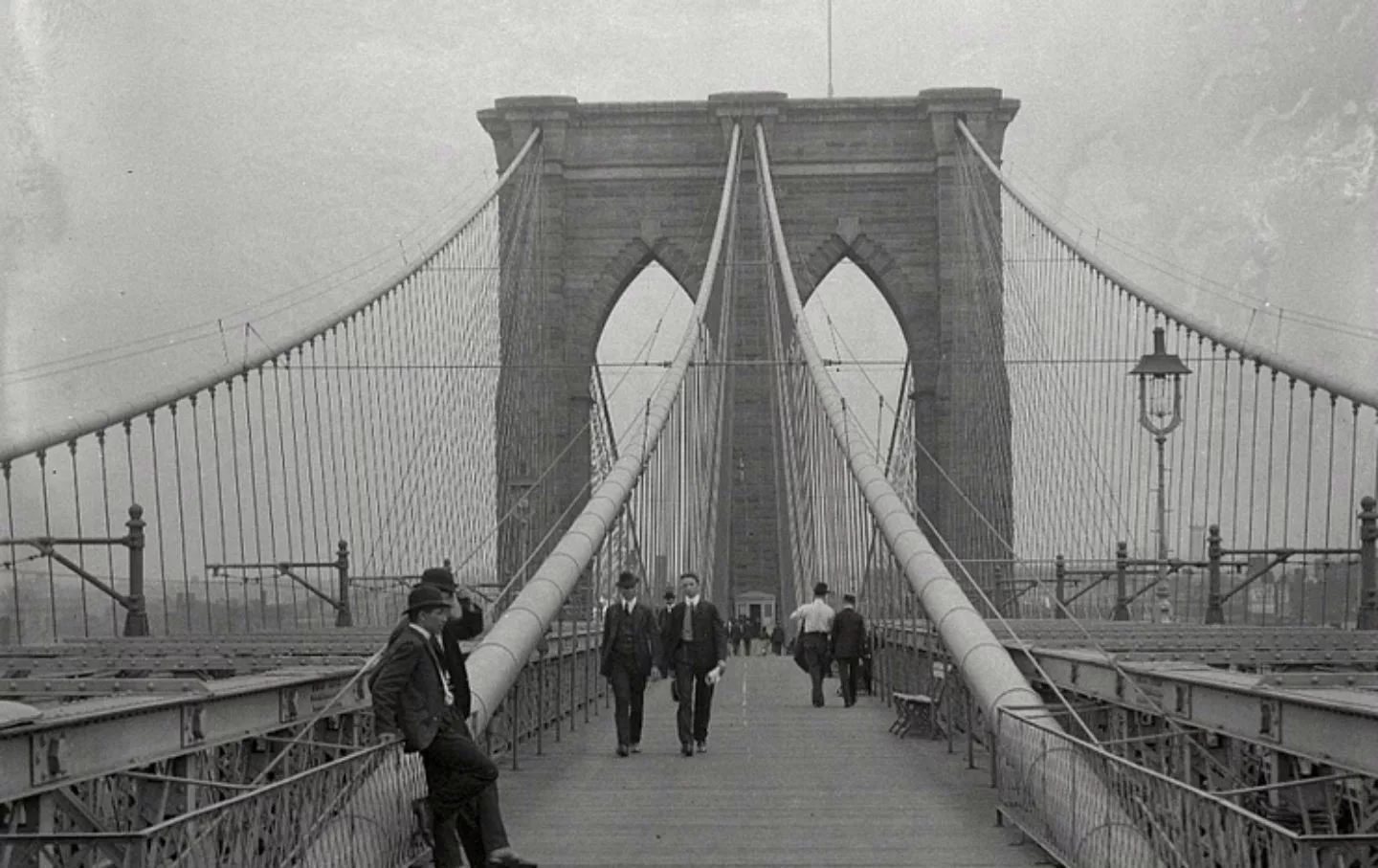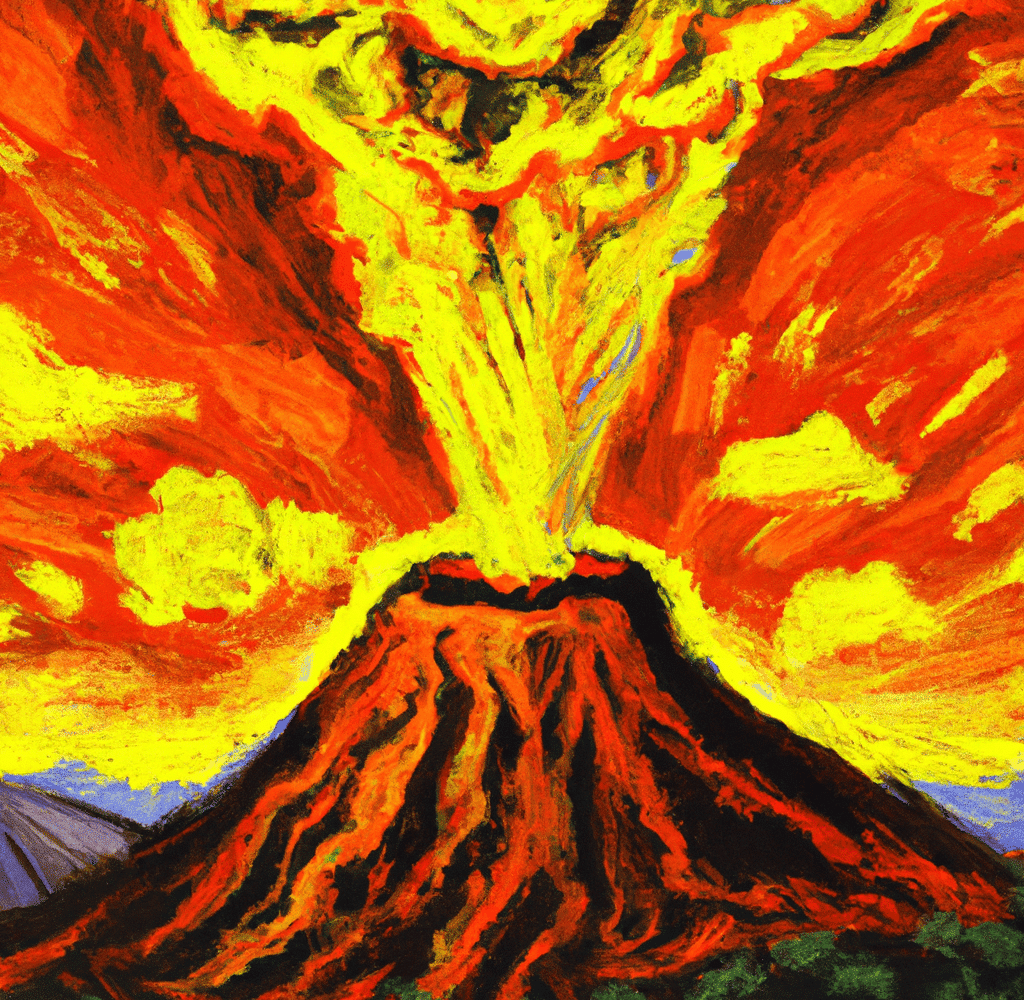Dear History Enthusiast,
Welcome to another edition of the Historyinmemes Newsletter! Today, we’re taking a mesmerizing journey into the depths of history, exploring Sunken Cities: Lost Civilizations Beneath the Waves.
🏛️ Unearthing Sunken Mysteries
Our expedition begins beneath the waves, where ancient cities and civilizations lie hidden beneath the ocean’s surface. We’ll dive into the mysteries of these submerged wonders, shedding light on their rise, fall, and the tales they left behind.
1. Heracleion: The Lost Egyptian Atlantis
– Heracleion, also known as Thonis, was a legendary Egyptian port city located at the mouth of the Nile River. It was a bustling hub of trade and commerce, serving as the primary entry point for goods and visitors to Egypt.
– The city was a melting pot of cultures and religions, with temples dedicated to various deities, including the renowned temple of Amun-Gereb.
– Heracleion mysteriously disappeared from historical records around the 8th century BCE. For centuries, it was believed to be a myth, an Egyptian Atlantis. However, in the early 2000s, underwater archaeologists discovered its remains buried beneath the Mediterranean Sea.
– Excavations have revealed well-preserved statues, intricate stonework, and evidence of the city’s vibrant past. The submersion of Heracleion is believed to have been caused by a combination of rising sea levels, geological shifts, and a series of natural disasters.
2. Pavlopetri: The Oldest Submerged City
– Pavlopetri, situated off the coast of southern Laconia in Greece, is considered one of the world’s oldest submerged cities. It dates back to the Bronze Age, making it over 5,000 years old.
– What makes Pavlopetri particularly fascinating is that it offers a unique window into daily life during the Bronze Age. The city’s layout, streets, buildings, and even graves are remarkably well-preserved.
– Pavlopetri was a thriving community with an organized urban structure. Its existence raises questions about the sophistication of ancient urban planning and societal structures.
– Like Heracleion, the city’s submersion is attributed to geological shifts and rising sea levels, gradually burying the city beneath the waves.
🌊 Beneath the Blue Horizon
Discover the secrets of cities like Heracleion and Pavlopetri, which mysteriously disappeared beneath the sea. Learn about the forces of nature, human error, and the passage of time that conspired to submerge these once-thriving hubs of civilization.
1. Nature’s Wrath:
The forces of nature played a significant role in the submersion of these cities. Coastal regions are particularly vulnerable to rising sea levels and geological shifts.
Heracleion, for instance, was located at the mouth of the Nile River, making it susceptible to the slow but relentless encroachment of the Mediterranean Sea. Over centuries, the city was gradually inundated by the advancing waters.
2. Geological Dynamics:
Geological processes, including subsidence (the sinking of land) and tectonic movements, also contributed to the submersion of these cities.
In the case of Pavlopetri, the city’s descent beneath the waves can be attributed to the gradual sinking of the land over millennia, as well as the nearby tectonic activity.
3. Human Factors:
Human error and decisions regarding urban planning and infrastructure may have hastened the submersion of these cities. Poorly designed drainage systems, for instance, could have exacerbated the problem.
Heracleion’s vast network of canals and channels, while integral to its function as a port city, may have contributed to its susceptibility to inundation.
4. The Unyielding Passage of Time:
Over centuries and millennia, these cities were gradually overtaken by the relentless march of time. As civilizations evolved, some cities faded into obscurity, with subsequent generations often unaware of their existence.
5. Archaeological Rebirth:
The submersion of these cities became a paradoxical gift to archaeologists. The submerged, oxygen-poor environment preserved many structures, artifacts, and even organic materials with remarkable fidelity.
As these cities resurfaced from beneath the waves, archaeologists could carefully excavate, preserving and piecing together the stories of their past.
🌟 Treasures of the Deep
Explore the extraordinary artifacts and relics recovered from these sunken cities, providing a window into the daily lives, trade, and culture of our ancestors. From statues to shipwrecks, the ocean floor is a treasure trove of history.
Photo Credit: HILTI Foundation | Franck Goddio
Photo Credit: Let’s Travel More
🔍 Mysteries and Revelations
Uncover the ongoing research and technology that allow us to piece together the stories of these sunken civilizations. Let’s look at some of the methods used by archaeologists and historians to reconstruct the past from the depths of the sea.
1. Underwater Archaeology:
Underwater archaeology is the heart of this endeavor. Archaeologists utilize specialized diving equipment, remotely operated vehicles (ROVs), and autonomous underwater vehicles (AUVs) to access and document submerged sites.
Divers carefully excavate artifacts, document the site with photography and videography, and create detailed maps of the submerged city’s layout. ROVs and AUVs can reach greater depths and capture high-resolution imagery.
2. Sonar and Remote Sensing:
Side-scan sonar and other remote sensing technologies are employed to map the seafloor and identify potential archaeological sites. These tools can create detailed, three-dimensional models of submerged structures and artifacts.
Sub-bottom profilers are used to examine sediment layers, helping to determine the age and origins of underwater features.
3. 3D Reconstruction and Modeling:
Archaeologists and historians use 3D modeling and computer-aided design (CAD) software to reconstruct submerged structures in a virtual environment. This allows for precise analysis and the development of detailed site maps.
4. Advanced Diving and Excavation Techniques:
Specialized diving techniques, such as saturation diving, are employed to reach extreme depths. This enables divers to work for extended periods underwater without suffering from decompression sickness.
Careful excavation methods are used to recover artifacts and structural elements without damaging them. These techniques require a deep understanding of marine conservation and preservation.
5. Multidisciplinary Analysis:
Researchers from various fields collaborate to interpret findings. Marine geologists, historians, archaeologists, and conservation experts all contribute their expertise to understand the context and significance of discoveries.
6. Radiocarbon Dating and Chronological Analysis:
To determine the age of artifacts and structures, radiocarbon dating and other dating techniques are applied. This helps build a chronological framework for the submerged city’s history.
7. Historical Records and Texts:
Historical records, such as ancient texts, maps, and accounts from explorers, provide valuable insights into the existence of these cities. They serve as references for locating and understanding submerged sites.
🚢 Memes and More
As always, we’ve interwoven our unique sense of historical humor into this captivating narrative with carefully curated memes that capture the awe and intrigue of sunken cities.
📚 Recommended Reading
For those eager to dive deeper into the topic of sunken cities and underwater archaeology, we’ve compiled a list of recommended books and resources to expand your knowledge and curiosity.
Book: “Sunken Cities: Egypt’s Lost Worlds” by Franck Goddio and Aurélia Masson-Berghoff
Dive into the underwater discoveries made by Franck Goddio, a pioneer in marine archaeology. This book offers stunning visuals and insights into the submerged treasures of Heracleion and Canopus, two ancient Egyptian cities lost beneath the Mediterranean.
Book: “The Complete Diver: The History, Science, and Practice of Scuba Diving” by Alex Brylske
Understanding the technical aspects of underwater archaeology is key to appreciating its challenges and achievements. This comprehensive guide covers the science, history, and practice of scuba diving, which is fundamental to underwater archaeological work.
Book: “The Oxford Handbook of Maritime Archaeology” edited by Alexis Catsambis, Ben Ford, and Donny L. Hamilton
This authoritative resource explores various aspects of maritime archaeology, including the excavation and study of submerged sites. It provides in-depth insights into the methods, technologies, and discoveries in this field.
Thank you for being a part of my historical exploration. I look forward to sharing more lesser known parts of history in the upcoming editions of the Historyinmemes Newsletter.
Dive in, stay curious, and let the mysteries of the deep awaken your sense of wonder.
Warm regards,
Evan
Founder, Historyinmemes Newsletter











